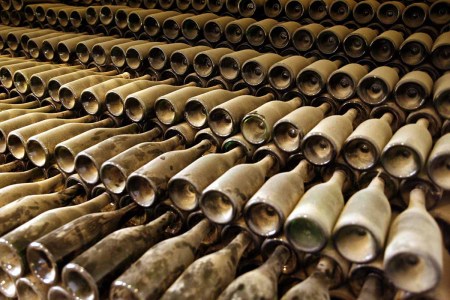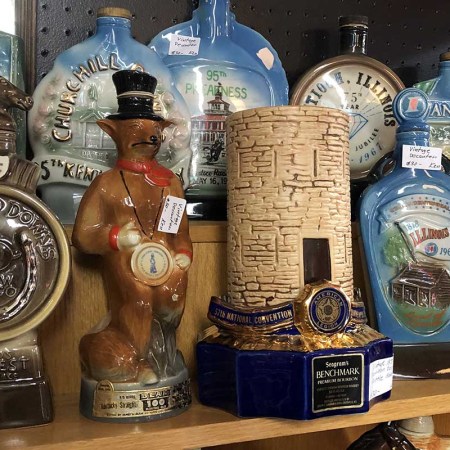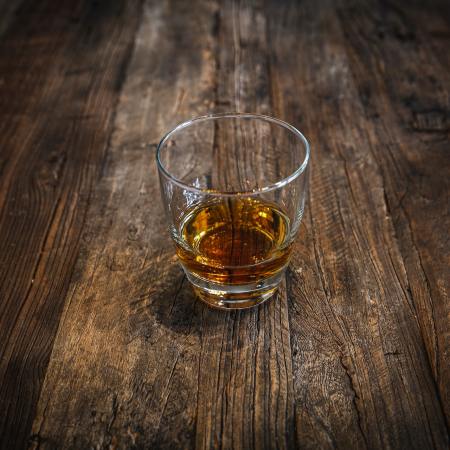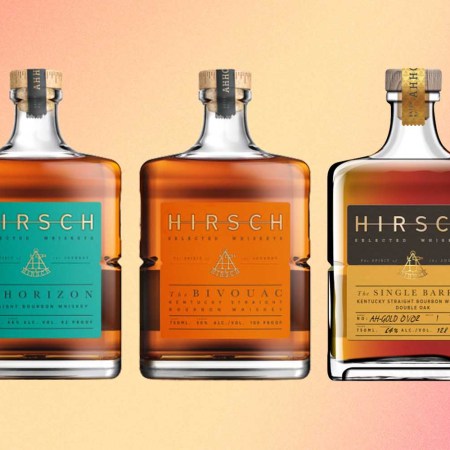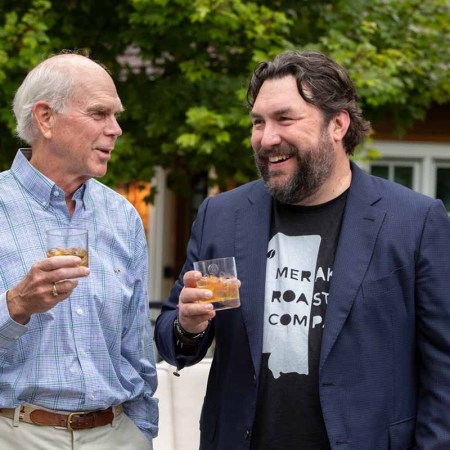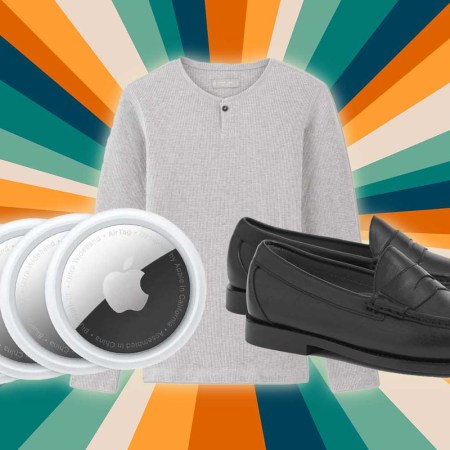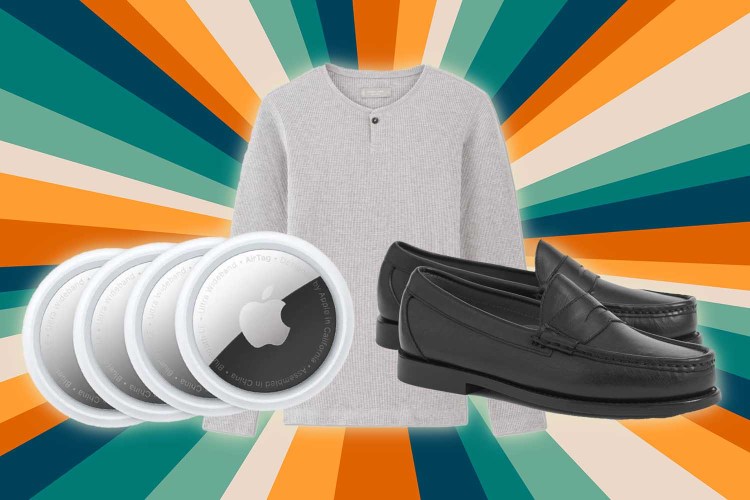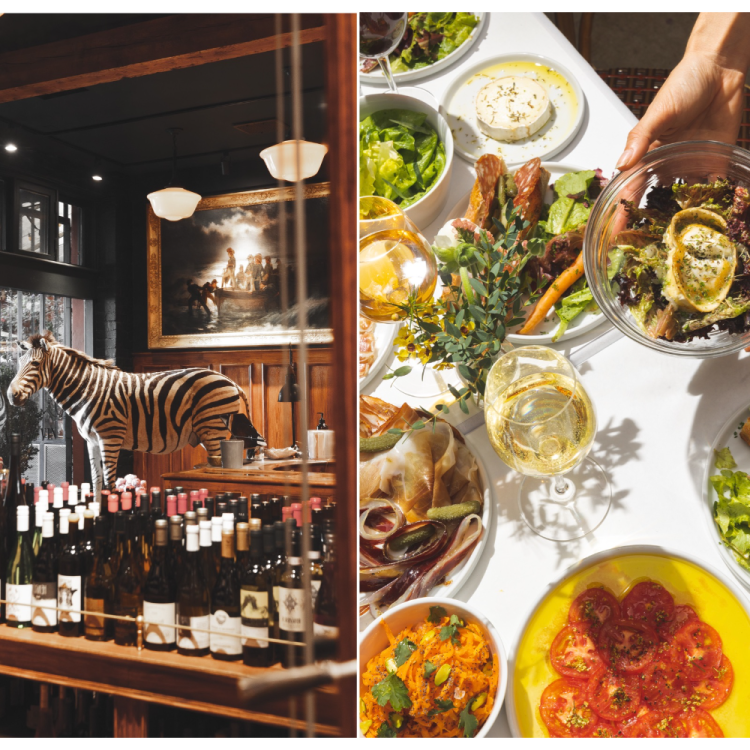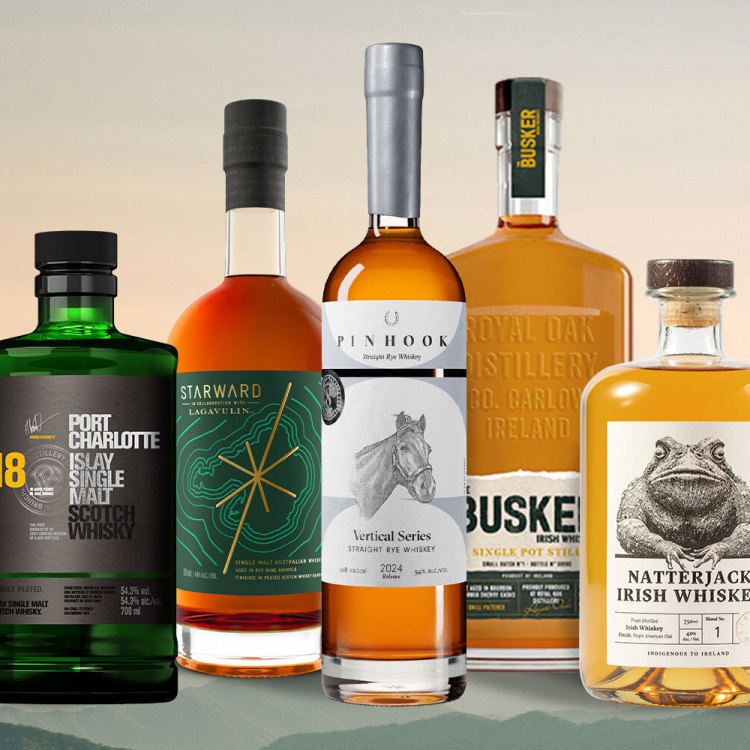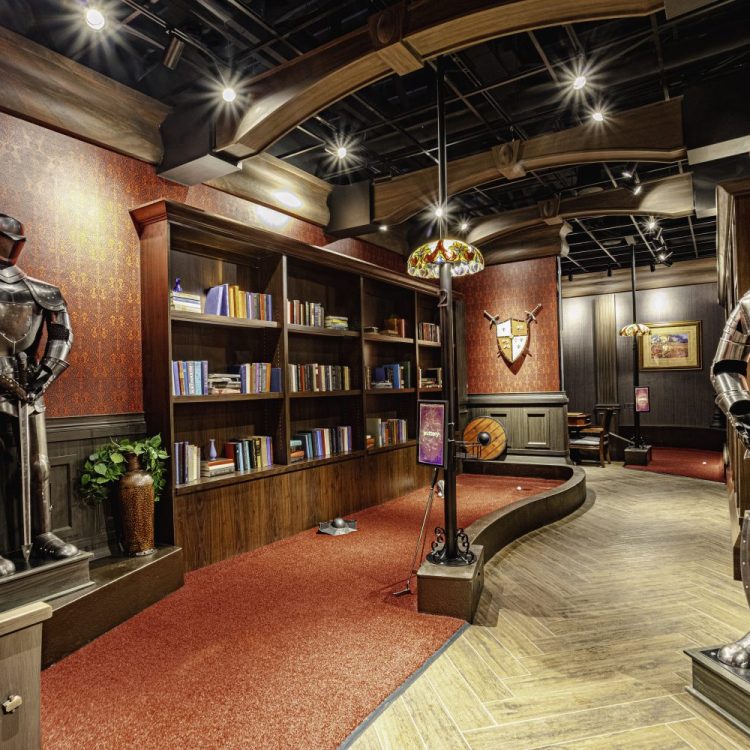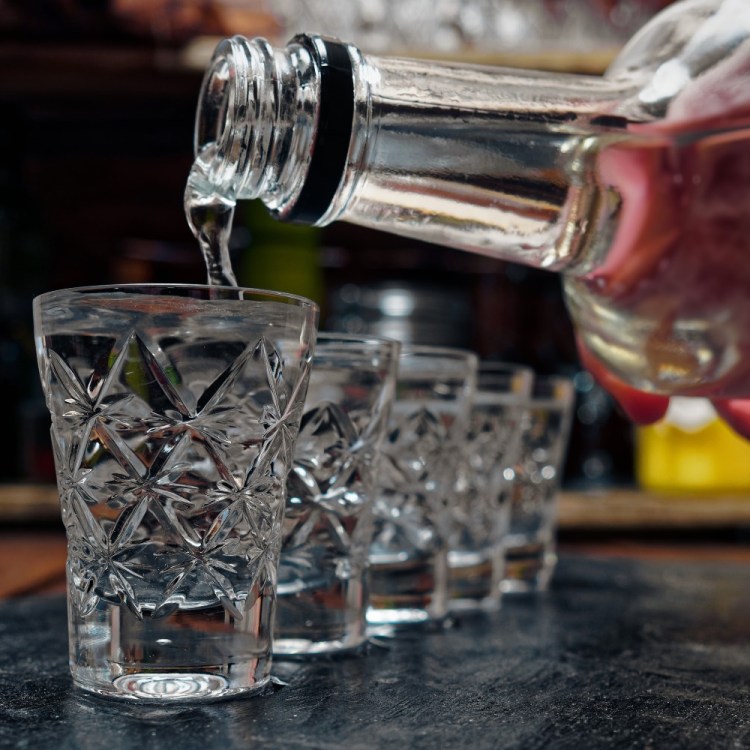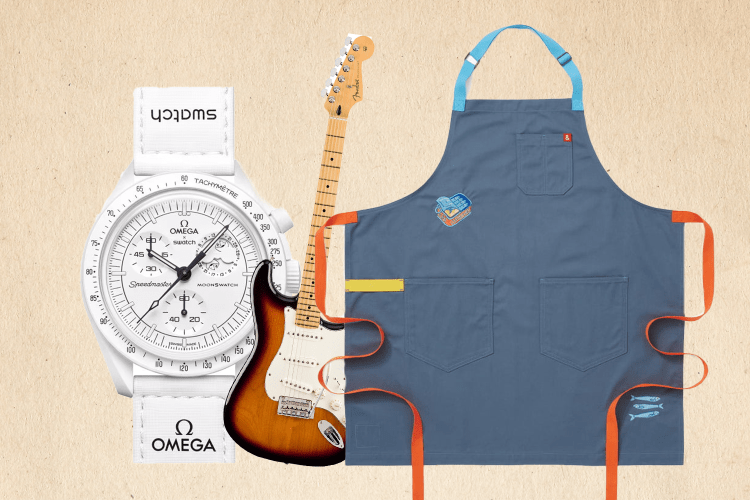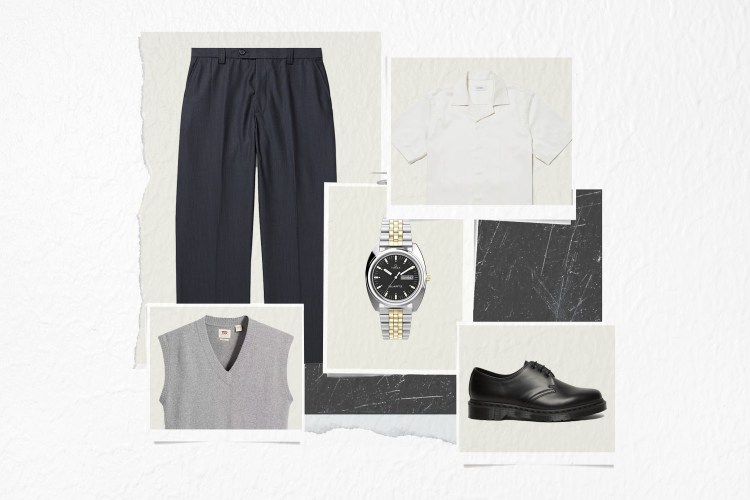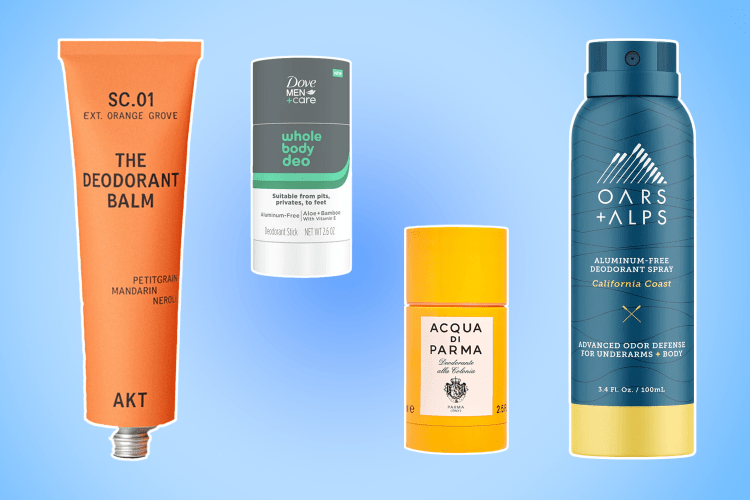With the new book Dusty Booze: In Search of Vintage Spirits, drinks journalist (and occasional InsideHook contributor) Aaron Goldfarb profiles the growing legions of booze enthusiasts who hunt for old bottles of whiskey, tequila and rum, among many other spirits. Goldfarb embeds himself with a few eccentric and obsessive types, but he also explains the passion that causes people to case out estate sales, family liquor cabinets and out-of-the-way liquor stores — and offers a few tips for those just starting with their vintage bottle hunting.
We asked Goldfarb a few questions about his new book, out Tuesday, but also got him to pick his “unicorns” for several booze categories. Good news? You can still get in on the dusty hunting craze, but these days, it requires a little more thought and organization to find those rare and valuable bottles.
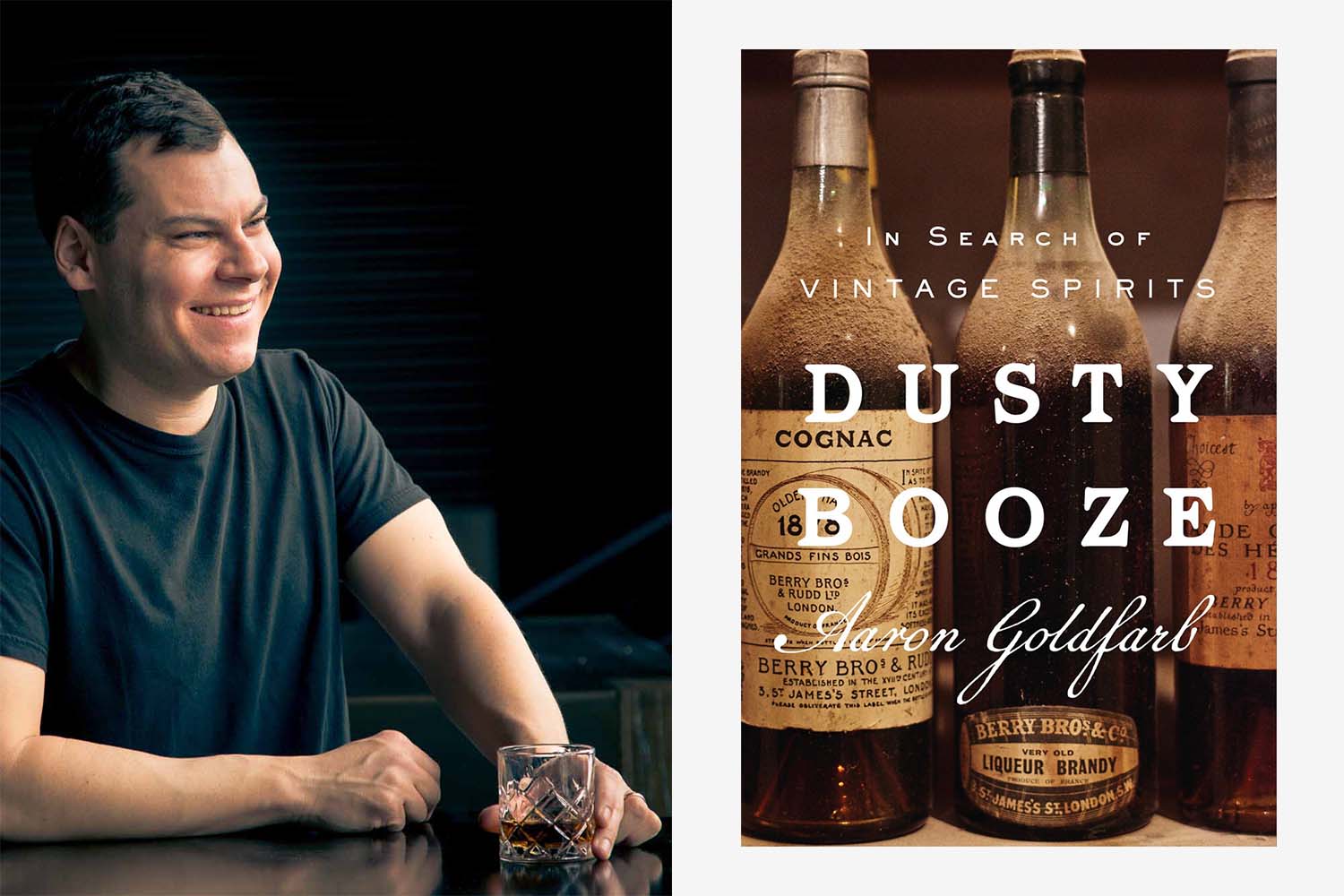
InsideHook: What was your inspiration for writing this book?
Aaron Goldfarb: I’ve followed and written about the vintage spirits world and “dusty hunters” for the last decade. The idea of finding something from the past that was not only valuable but more delicious than many spirits released today is something that has always captured my imagination. In 2020, I wrote a story about one dusty hunter, Kevin Langdon Ackerman, and his successful pursuit of legendary Hollywood director Cecil B. DeMille’s booze collection. After that, the publishers came calling. Luckily, Kevin had an even bigger Hollywood legend’s collection he was in pursuit of — Howard Hughes — a story I detail in Dusty Booze.
Is it too late to be a dusty hunter in 2024?
Yes and no. The days of simply wandering into a rundown liquor store off the side of the road and finding dusty bottles from the 1960s are all but over. Pretty much every retail space in America has been fully picked over. But in many ways, there’s never been a better time to be a vintage spirits collector and drinker with countless auction sites, vintage bars and brick-and-mortar shops, and other businesses now out there specifically focusing on dusty bottles.
What’s the best dusty you own?
I have a weird obsession with collecting birth-year bottles, which is 1979 for me. I’m also a huge fan of Old Grand-Dad from an era when it was distilled by a now-defunct company called National Distillers. (Today it is made by Beam Suntory.) I take a sip or two from my 1979 “OGD” once a year, on my birthday.
What Are “Dusty Hunters” and How Do They Get All the Great Vintage Whiskey?
Inside the world of these avid booze collectorsThe Unicorns of Each Dusty Booze Category
Aaron Goldfarb’s dusty picks, in his own words (you can find more in his book).
Bourbon: Anything from the Stitzel-Weller Distillery
“Started by the actual ‘Pappy,’ Julian Van Winkle Sr., in 1935, Stitzel-Weller became famous for its wheated mash bill, an anomaly then as it mostly remains today. Thus, collectors can’t help but think of Stitzel-Weller as a sort of ur-Pappy. And indeed, most of it is quite tasty, as typically seen in bottlings of Old Fitzgerald and W.L. Weller, and the older the better, or at least more pursued. But there are plenty of other Stitzel-Weller bottlings like Rebel Yell and Cabin Still, not to mention tons of gimmicky, ceramic decanters from the 1970s shaped like Rip Van Winkle, a hillbilly, and other ‘fanciful characters from the Kentucky bluegrass where great bourbon was born’ (according to the label), which Julian Van Winkle Jr. and eventually Julian Van Winkle III had to shill to try and make money when bourbon wasn’t popular in the 1970s and ’80s. Stitzel-Weller bottles are still fairly abundant, though quite costly these days.”
Rum: Wray & Nephew 17 Years Old
“Perhaps the unicorn of unicorns when it comes to vintage spirits, there may only be three bottles of this iconic Jamaican rum left on planet Earth. Distilled during Prohibition, its inclusion in the immensely popular Mai Tai — first introduced at the Trader Vic’s tiki bar in 1944 — would lead to the well eventually running dry. Slightly less rare are Wray & Nephew 15 and 20 Years Old from the same era, though if you simply want to try vintage, pot still rum from the time, Wray & Nephew’s Dagger line — One Dagger (5 years), Two Dagger (6 years), Dagger Punch (8 years) and Three Dagger (10 years) — was produced until 1952 and still findable.”
Tequila: Robert Denton imports
“With dusty tequila, it’s less about the brand, per se, and more about the man who was importing them. Starting in 1983, American Robert Denton and his partner Marilyn Smith began bringing some of the first 100% agave tequilas into the United States. His two key brands were Chinaco (1983 to 1999) and El Tesoro de Don Felipe (1988 to 1999). The earliest Chinaco releases can be identified by paper label packaging; the next iteration evolved to a teardrop-shaped bottle, which was phased out a few years ago; by then, other distributors like Fielding & Jones and Preiss were handling the brand and the quality would begin to decline. El Tesoro de Don Felipe (initial bottles are known by collectors as El Tesoro White Label or simply ETWL) would last under Denton’s aegis until 1999, when the company that would eventually become Beam Suntory took over and rapidly modernized the brand.”
Cognac: Pre-phylloxera
“With this iconic French brandy, it’s less about the brands than the era for dusty hunters — specifically bottlings distilled before the 1872/73 season, also known as pre-phylloxera Cognac. Around that time, microscopic sap-sucking aphids destroyed most of France’s vineyards, and grape varieties such as folle blanche and colombard, some of which had originally been planted by the Romans. Thus, any Cognac produced before or shortly after this infestation is not only highly coveted but of a flavor profile that simply doesn’t exist anymore — way more aromatic and flavorful than modern Cognac. Shockingly, pre-phylloxera Cognac is still somewhat undervalued, with some bottles available for as low as $800.”
Liqueurs: Chartreuse, the older the better
“If collecting vintage spirits is mostly a modern phenomenon, there were a few people from the past who also did it. In 1956, the New Yorker detailed a vintage tasting surrounding the Carthusian monk-made Chartreuse. The tasters back then were specifically curious to see if they could note any flavor differences in bottles of the French herbal liqueur produced in the era before the monks were briefly expelled from France in 1903. They noticed a vast difference, in fact, because, unlike spirits which never change once bottled, liqueurs very much do — none better than Chartreuse, according to most vintage collectors, who savor bottles from a past era, many of which have skyrocketed in value.”
Gin and Vodka: Classic brands from the past
“For the most part, these two unaged spirits lack the collectibility, value and radically different (better) flavor profile that those previous spirits enjoy. But both are starting to garner more interest, especially as vintage cocktails like Martinis and Negronis become more prevalent. For gin, you’ll want to look for still-active brands from the past, most of them British labels — Beefeater, Plymouth, Tanqueray, Gordon’s, etc. Vodka has only really been mainstream in the U.S. since the mid-1960s when Stoli entered the country and soon thereafter became a sensation.”
Join America's Fastest Growing Spirits Newsletter THE SPILL. Unlock all the reviews, recipes and revelry — and get 15% off award-winning La Tierra de Acre Mezcal.

